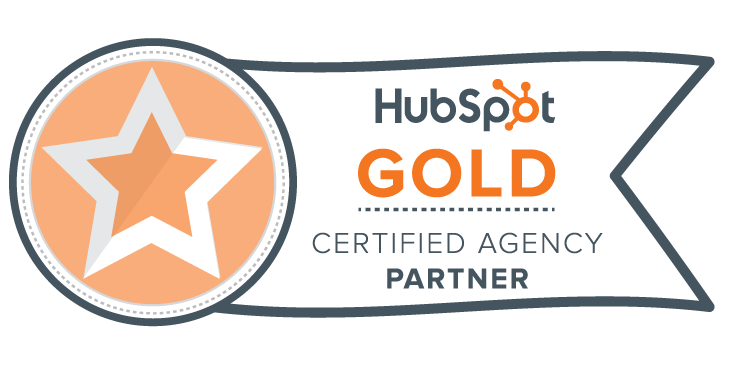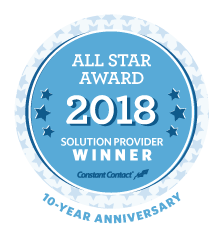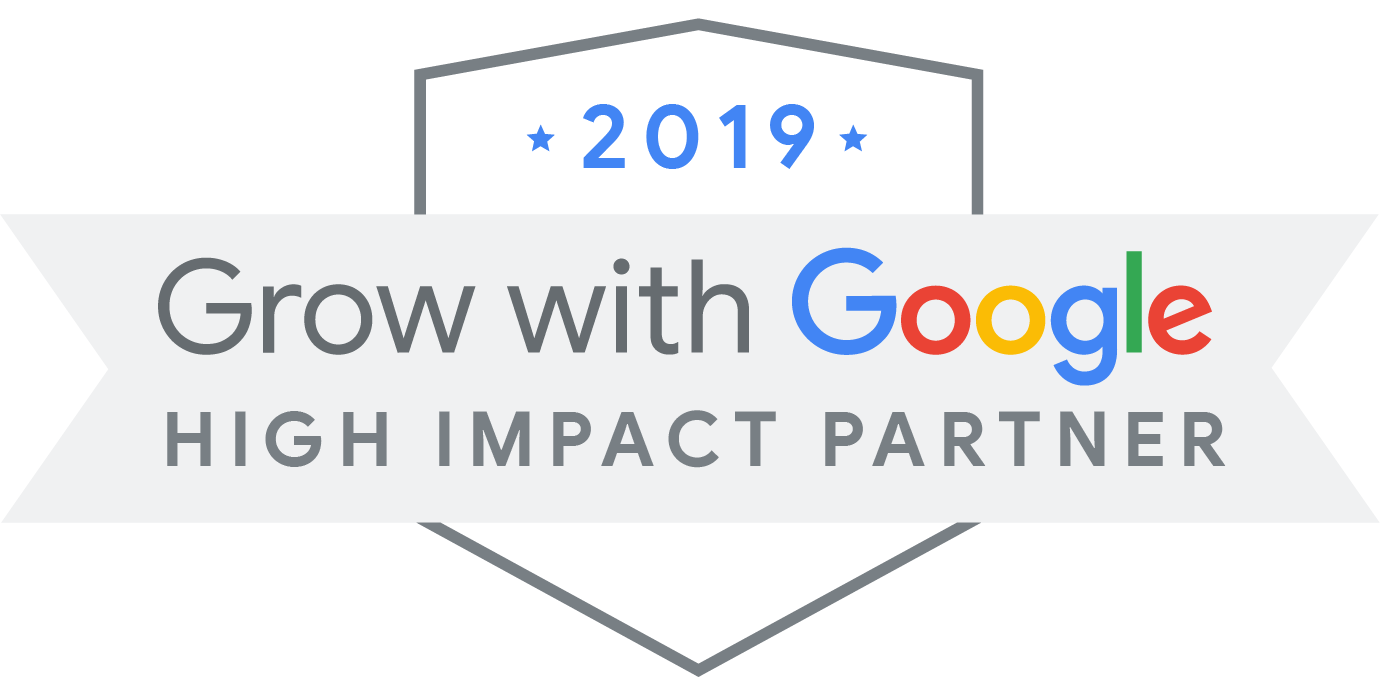
by Jeremy Taylor, Constant Contact
Three billion — give or take. That’s how many searches Google runs every single day. 40 percent of those return images.
And with image searches becoming more commonplace, optimizing your images for search has become an essential tool for getting your business in front of new people.
While it’s particularly crucial for e-commerce websites, any business can benefit from optimizing their images — including yours. A natty pie chart. Your new project manager. The Parisian skyline. Whatever they show, your images should be SEO-ready.
Here’s how to do it.
Choose a descriptive file name
You are a human. When you look at an image you can normally tell what’s going on pretty much instantly. Google’s search spiders aren’t that clever. Yet. So for now you need to explain things for them. Using words. Google is good with words. And the more obvious you make it, the better.
That starts with the file name. Let’s say you have an image of Westminster Bridge at sunset. A filename of westminster-bridge-london-sunset.jpg is way more helpful to a search engine than a random string of numbers and letters like IMG110045.jpg. Integrate keywords that you want to rank for, but keep it relevant. It’s also best to put the main subject of the photo first.
- Offer a brief explanation of the image in your filename
- Keep it short and sweet
Add alt text to your images
Alt text serves two functions:
- If the image fails to load, the alt text provides a written description of what the image portrays.
- It alerts search engines to the presence of an image and gives them an indication of what the image shows.
So what should you write?
Provide a short, snappy, honest description of what the image shows. Back to the example above: Your alt text might read: “Westminster Bridge in London over the River Thames during a golden sunset”. Stay away from long, spammy descriptions like “Westminster Bridge in London, River Thames, sunset, dusk, capital, clouds, sunshine”. Google may penalize you in the rankings.
Alt text is especially important for product images on e-commerce sites as it will help customers find your goods when they search for products that you sell. Think about the terms people might use to search for your products and include them in your alt tag. Simple. There should be an option in your CMS to add alt text. Alternatively if you have a working knowledge of HTML you can dive into your source code and use alt=”alt description here” in the img tag.
- Be descriptive. Be honest. Be concise.
- Include any keywords that you want to rank for
- For product photos, include keywords people might use to search for the product in the image
Keep it relevant
When indexing images, search engines read the surrounding text. Images that are accompanied by related text rank better, so make sure the image and the rest of your content complement each other.
Watch out for large file sizes
Did you know that your page load times influence your Google ranking? The faster your pages load, the more likely Google will nudge them up the rankings. That means you need your images to be as lightweight as possible when it comes to file size. And the smaller the image, the smaller the file size.
Whenever you need to resize an image, use image manipulation tools — such as Photoshop or the wonderful (and free) pixlr.com — to do it manually. When you resize an image through your CMS or HTML, the browser still has to download the full size image, adding to page load times.
Pro tip: Resized your image? For faster load times you should still include the width and height dimensions of the image in your HTML.
- Large image files slow down page load times
- Resize images with image software before uploading to your website
Consider adding an image title
The image title element appears when you hover over your image in a web browser. It’s a nice opportunity to add extra information about your image, but search engines do not take it into account for ranking.
Captions: prime real estate
Likewise, captions are not taken into account by search engines. But you may want to stop a moment before disregarding them. Image captions usually feature directly above or below an image. Numerous eye-tracking studies have shown that web users are far more likely to read captions than regular body copy. If you have something important to say about your image, this is the place to say it.
Over to you…
Optimizing all of your images for SEO might seem like a slog. But if you are serious about ranking well and getting your business in front of new people, it could be time well spent. And if it helps you steal a march on your competitors? It’s a no brainer.
* * *
Need help taking your online marketing activities to the next level? BizzyWeb can help! Check out our Buzz Builders online marketing programs, or contact us today for a free Buzz Report! BizzyWeb can help you create a plan to get REAL results!
 Get Started
Get Started Support
Support Call us
Call us Email Us
Email Us



